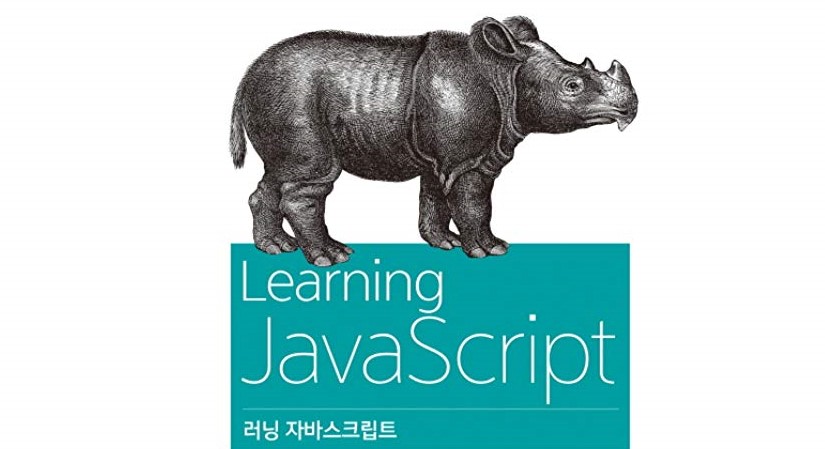러닝 자바스크립트 6장 정리

함수
- 하나의 단위로 실행되는 문의 집합이다.
function sayHello() {
console.log ("Hello world!");
console.log ("Hola world!");
console.log ("Hallo wereld!");
}
sayHello();
- 함수 선언의 한 예
반환 값
- 함수 호출의 값 함수 안의 return 키워드를 사용하면 함수를 즉시 종료하고 값을 반환한다.
function getGreeting() {
return "Hello world!";
}
getGreeting(); // "Hello world!"
- return을 명시적으로 호출하지 않으면 반환 값은 undefined가 된다.
호출과 참조
getGreeting(); // "Hello world!"
getGreeting; // function getGreeting()
- 괄호를 쓰지 않으면 다른 값과 마찬가지로 함수를 참조하는 것이 되며 함수는 실행되지 않음
const f = getGreeting;
f(); // "Hello world!"
const o = {};
o.f = getGreeting;
o.f(); // "Hello world!"
const arr = [ 1, 2, 3 ];
arr[1] = getGreeting;
arr[1](); // "Hello world!"
- 함수는 변수, 객체 프로퍼티, 배열 등에도 할당할 수 있다.
함수와 매개변수
function avg (a,b) {
return (a+b)/2;
}
avg (5, 10); // 7.5
- a와 b가 정해진 매개변수가 된다. 함수가 호출되면 정해진 매개변수는 값을 받아 실제 매개변수가 된다.
함수 내부의 매개변수는 함수 바깥의 변수와는 전혀 다르다. (설사 이름이 같다고 하더라도)
매개변수 해체
function getSentence ({ subject, verb, object }) {
return '${subject} ${verb} ${object}';
}
const o = {
subject : "I",
verb : "love",
object : "JavaScipt",
};
getSentence(o); // "I love JavaScript"
- 프로퍼티 이름이 반드시 유효한 식별자여야 한다. 배열 역시 같은 방식으로 해체가 가능하다.
this 키워드
- 객체의 프로퍼티인 함수에서 메서드를 호출하면 this는 호출한 매서드를 소유하는 객체가 된다.
const o = {
name : 'Wallace',
speak() { return 'My name is ${this.name}!' ;},
}
o.speak(); //"My name is Wallace!
call
- call 메서드는 모든함수에서 사용가능하며 this를 특정 값으로 지정할 수 있다. call의 첫번째 매개변수는 this로 사용할 값이고, 매개변수가 더 있다면 그 매개변수는 호출하는 함수로 전달된다.
const bruce = { name : "Bruce" };
const madeline = { name : "Madeline' };
function greet() {
return 'Hello, Im ${this.name}!';
}
greet(); // "Hello, Im undefined"
greet.call(bruce); // "Hello, Im Bruce"
greet.call(madeline); // "Hello, Im Madeline"
apply
- call은 매개변수를 직접 받지만, apply는 매개변수를 배열로 받는 것 외엔 완전 동일하다. 또한 배열 요소를 함수 매개변수로 사용해야 할 때 유용하다.
update.apply (bruce, [1955, "actor"]);
// { name: "Bruce", birthyear" 1955 ~~~ }
update.apply (madeline, [1918, "writer"]);
// { name: "Madeline", birthyear" 1918 ~~~ }
bind
- bind를 사용하면 this의 값을 영구히 바꿀 수 있다.
const updateBruce = update.bind(bruce);
updateBruce (1904, "actor");
// { name: "Bruce", birthyear: 1904, occupation: "actor" }
updateBruce.call (madeline, 1274, "king")
// { name: "Bruce", birthyear: 1274, occupation: "king" }
// name은 변하지 않는다.
화살표 표기법
- function이라는 단어와 중괄호 숫자를 줄이기 위해 고안된 단축 문법으로 세가지의 단축 문법이 있다.
- function을 생략해도 된다.
- 함수에 매개변수가 하나뿐이라면 괄호 ( () )도 생략할 수 있다.
- 함수바디가 표현식 하나라면 중괄호와 return문도 생략할 수 있다.
- 화살표 함수는 항상 익명이다.
const f1 = function() { return "hello!"; }
const f1 = () => "hello!";
const f2 = function(name) { return 'Hello, ${name}!'; }
const f2 = name => 'Hello, ${name}!';
const f3 = function(a, b) { return a + b; }
const f3 = (a, b) => a+b;
'Learning JAVA script' 카테고리의 다른 글
| 러닝 자바스크립트 8장 정리 (0) | 2019.11.15 |
|---|---|
| 러닝 자바스크립트 7장 정리 (0) | 2019.10.13 |
| 러닝 자바스크립트 5장 정리 (0) | 2019.10.11 |
| 러닝 자바스크립트 4장 정리 (0) | 2019.10.09 |
| 러닝 자바스크립트 3장 정리 (0) | 2019.10.04 |

